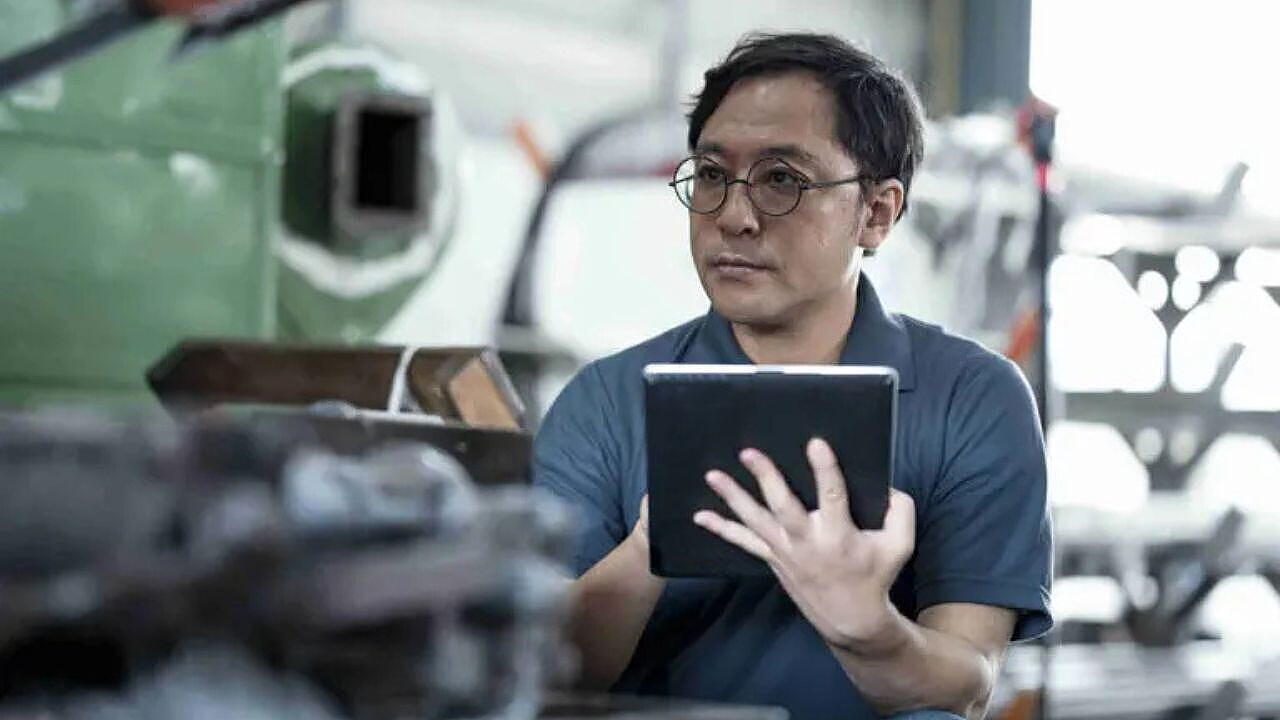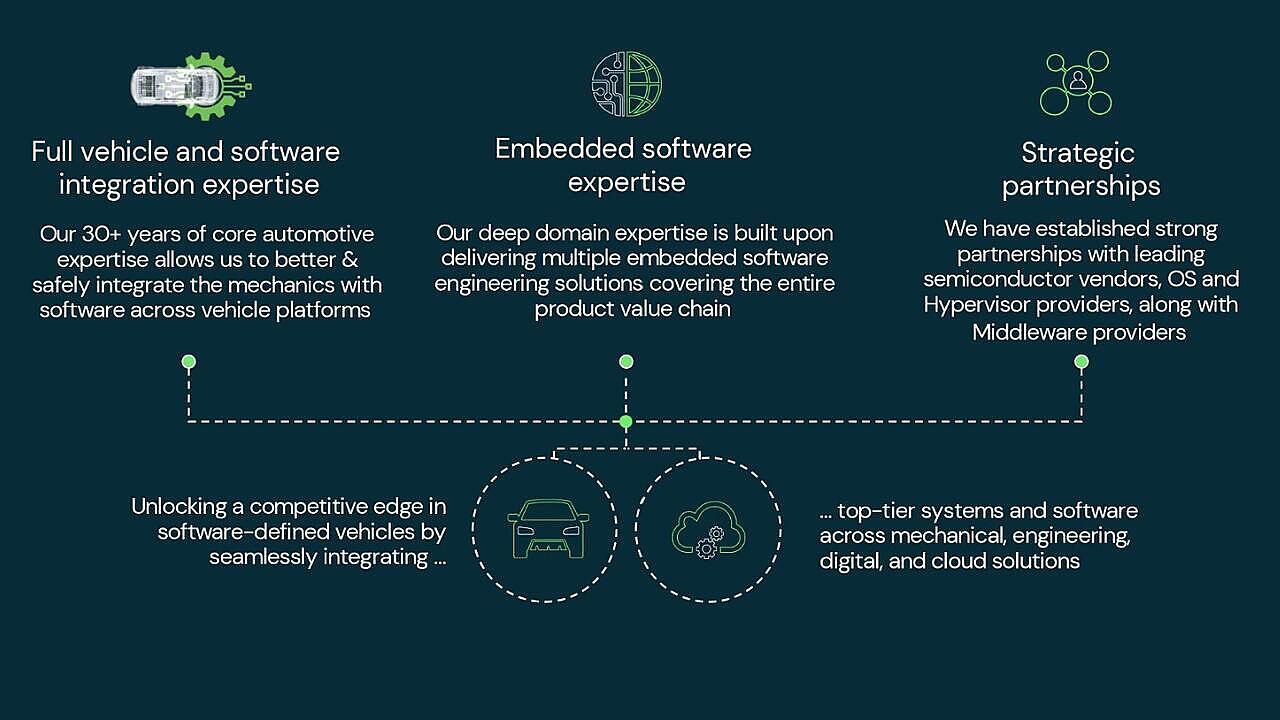
For next-generation vehicle manufacturers, speed and innovation are paramount. As the demand for cutting-edge technology grows, engineering service providers must evolve to meet the fast-changing expectations of modern OEMs. Tata Technologies has been at the forefront of this transformation, expanding its capabilities across multiple segments to help new-age automakers accelerate development cycles and seamlessly integrate software-defined vehicle (SDV) solutions.
As Marc Manns, Vehicle Line Director - EE at Tata Technologies, explains, over-the-air (OTA) updates are becoming essential, enabling manufacturers to introduce bug fixes, cybersecurity patches, and new features iteratively—enhancing vehicle performance post-production.
In a recent project, the company played a crucial role in rescuing a struggling OEM, stepping in just three months before launch to conduct a gap analysis and develop an OTA solution within six months. By deploying the right expertise and ensuring on-ground presence, the company helped accelerate the project timeline to under two years, significantly faster than conventional development cycles.
For emerging automotive players, agility is key, and Tata Technologies continues to redefine collaboration, providing tailored solutions that enable next-gen manufacturers to bring vehicles to market faster, smarter, and more efficiently, he stated.

Bridging Knowledge Gaps
As emerging technologies such as satellite communications, V2X, AI, and Machine Learning continue to reshape mobility, engineering service providers must bridge interdisciplinary knowledge gaps without slowing down development. Tata Technologies addresses this challenge through targeted training, cross-industry collaboration, and knowledge-sharing initiatives.
The company has established Tech Varsity, an internal training programme, along with platforms like LinkedIn Leap to upskill employees and onboard new talent. Additionally, cross-project learning ensures that expertise gained from one engagement is quickly disseminated across teams and regions, enhancing agility and accelerating development.
Advancing Connectivity With Satellite Solutions
In the world of SDVs, seamless connectivity is critical. Tata Technologies is exploring satellite-based solutions to complement 5G networks, ensuring uninterrupted connectivity even in areas prone to signal dropouts. Collaborating with partners like CesiumAstro, the company is working on intelligent network switching—leveraging AI and digital twins to predict dropouts and seamlessly transition between networks, maintaining continuous communication with cloud-based vehicle systems, he said.
AI-driven predictive analytics plays a crucial role in optimising connectivity, enhancing user experience, and improving safety. The company is harnessing automation, AI, and ML to anticipate network disruptions and make real-time decisions, ensuring that next-generation vehicles stay smarter, safer, and always connected.
Overcoming Edge Computing Challenges
Scaling ML to embedded edge devices presents several challenges in the automotive industry, particularly regarding latency, hardware constraints, power efficiency, and storage limitations. These factors are critical in ensuring that safety systems function reliably without delays, especially in real-time applications.
According to Manns, Tata Technologies is actively addressing these challenges by implementing a hybrid edge-cloud approach. This strategy involves offloading complex, ML-intensive tasks to the cloud, while ensuring that critical real-time processing remains at the edge. Selecting the right hardware is also essential. The company collaborates with OEMs to integrate specialized AI acceleration chips, such as Qualcomm Snapdragon, which optimize latency, performance, and power efficiency.
Each OEM’s journey towards SDVs is unique, and Tata Technologies works closely with them to tailor the right balance between edge and cloud computing. By leveraging cutting-edge hardware and intelligent workload distribution, the company ensures that vehicles remain safe, efficient, and compliant with regulatory standards—pushing the boundaries of next-generation automotive technology, he pointed out.

Digital Passports
As sustainability and regulatory compliance take centre stage in the electric vehicle industry, battery passports are emerging as a critical solution for tracking battery lifecycle from raw material sourcing to recycling. Tata Technologies is actively developing its own battery passport solution, collaborating with OEMs and battery manufacturers to ensure traceability, compliance, and sustainability, he mentioned.
According to Manns, the battery passport will provide end-to-end visibility, enabling the tracking of battery characteristics from mining, suppliers of raw materials to OEMs, aftermarket services, and eventual recycling. The solution integrates static data from manufacturing with real-time vehicle data via cloud connectivity, ensuring compliance with evolving global regulations in the EU, California, India, and China. The company is also incorporating blockchain technology to enhance security and traceability, reinforcing trust and accountability across the battery supply chain, he said.
Shaping The Future Of Vehicle Lifecycle Management
As vehicles become increasingly software-driven, digital passports are gaining prominence in managing vehicle history, maintenance, and compliance. While digital passports are already in use for commercial vehicles in Europe and the US, the concept is expected to expand into passenger cars, including internal combustion engine (ICE) vehicles.
Prognostic solutions, initially developed for EVs, are now being explored for ICE vehicles, particularly as their lifespan extends in certain markets. A digital ID can provide a transparent and tamper-proof record of a vehicle’s history, helping to prevent fraud, improve resale value, and enhance regulatory compliance.
Manns emphasizes that digital passports will play a crucial role in building consumer trust, facilitating better maintenance tracking, ensuring compliance, and streamlining enforcement mechanisms. As the automotive industry shifts toward connected and intelligent mobility solutions, battery and digital passports will redefine lifecycle management, driving transparency, efficiency, and sustainability, he summed up.
Also Read:
Tata Technologies Pioneers A New Era In Sustainable Engineering

